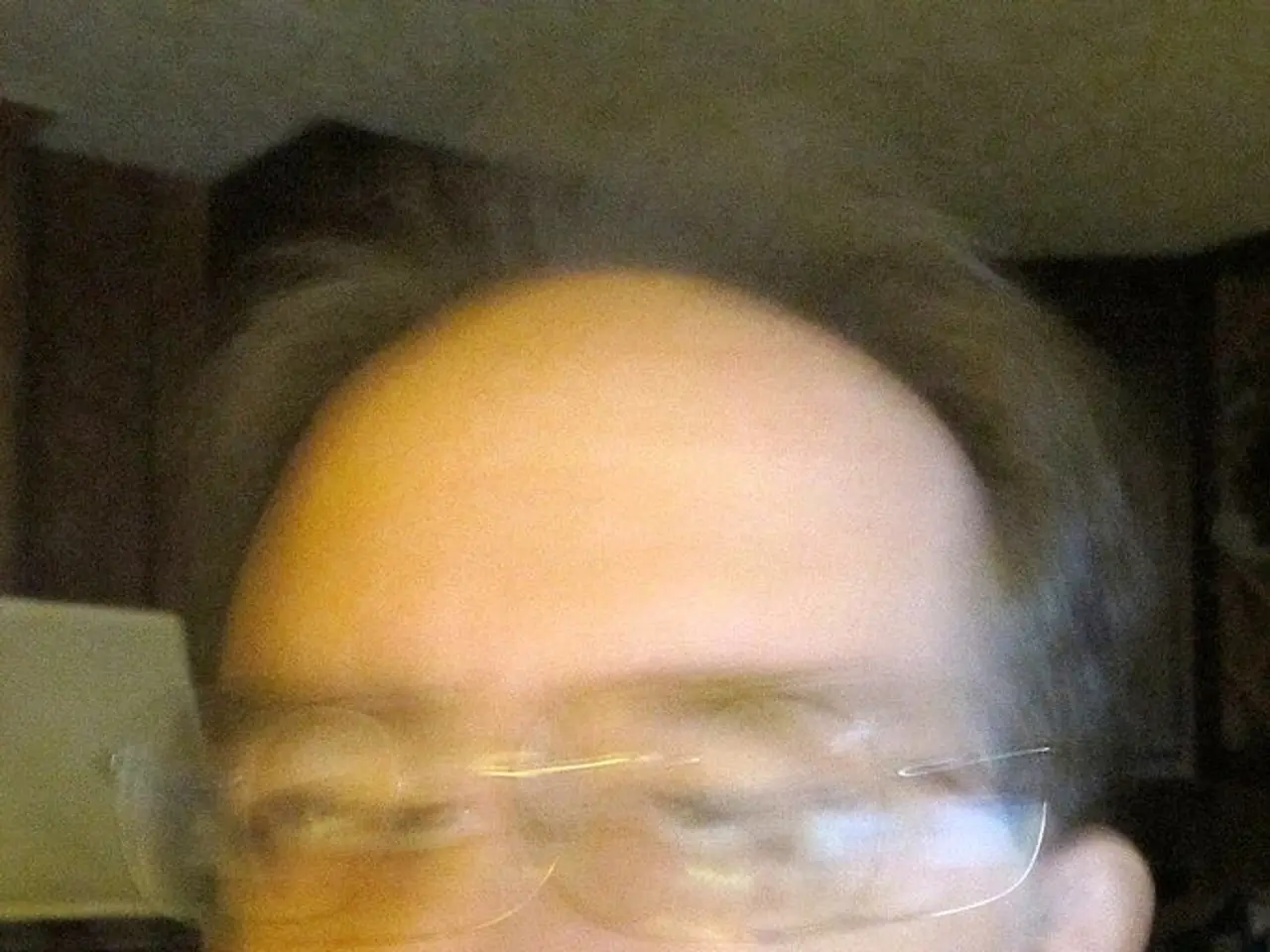Daily Living and Impacts of Severe Short-Sightedness: An Exploration of Myopia's Effects
For individuals with severe myopia, finding the right pair of glasses can be a crucial part of maintaining eye health and visual comfort. Those with a prescription of -6 diopters or more often benefit from high-index lenses, which are essential due to their higher refractive index. This quality allows the lenses to be thinner and lighter, reducing the risk of lens edge protrusion and frame damage.
When it comes to lens shapes, smaller, rounder lenses are preferable. Larger lenses can magnify thickness and edge visibility in high myopia, leading to cosmetic concerns and increased mechanical stress that could potentially cause damage. Smaller lenses help reduce peripheral thickness, improving the overall appearance and decreasing the risk of damage.
The choice of frames is also crucial. Frames made of lightweight materials such as titanium, stainless steel, or acetate are ideal as they offer durability without adding excess weight. This helps prevent frame warping or breakage caused by thick lenses. Full-rim frames can also provide additional support, containing thicker lens edges securely and reducing the risk of chips or cracks. Alternatively, rimless or semi-rimless frames may increase vulnerability to damage with thick lenses.
To improve stability and comfort, adjustable nose pads and well-fitting bridges are recommended. These features help reduce lens stress and slipping, indirectly protecting the lenses from potential damage.
Beyond glasses, there are other options available for those with severe myopia. Anti-reflective coatings can improve vision clarity and reduce eye strain but do not directly influence lens protrusion. Alternatives like contact lenses, orthokeratology (Ortho-K), or surgical options (e.g., EVO ICL lens implants) can eliminate or reduce dependence on thick glasses altogether, especially if cosmetic or physical lens issues are problematic.
It's important to note that while laser treatment can correct the refractive error in severe myopia, it does not address the underlying cause of the large eyes. As a result, the risk of conditions such as cataracts or macular degeneration increases due to the excessive growth of the eyes. Suffering from severe myopia throughout one's life also increases the risk of developing additional eye diseases in old age. Vision may still be significantly impaired after the age of 60, even with eye surgery.
In conclusion, for those with severe myopia, it's essential to consider high-index, smaller-diameter lenses housed in full-rim, lightweight, well-fitting frames with adjustable nose pads to minimize lens protrusion and damage. Exploring modern alternatives such as implantable lenses or orthokeratology may also alleviate difficulties related to thick eyeglass lenses. Despite these measures, it's important to remember that regular eye examinations and maintaining a dialogue with an eye care professional are key to managing severe myopia and maintaining eye health throughout one's life.
- The science of eye health encompasses understanding chronic conditions like severe myopia and developing solutions to alleviate related problems.
- In the realm of medical-conditions, chronic diseases such as cancer, respiratory conditions, and digestive health issues often require specialized attention and care.
- Autoinmune disorders, mental-health concerns, and skin-conditions, like psoriasis, also fall under the purview of healthcare professionals.
- Nutrition plays a crucial role in skin-care and overall health-and-wellness, as well as in the management of chronic diseases like chronic-kidney-disease and neurological-disorders.
- Fitness-and-exercise regards not only improving cardiovascular-health but also positively impacting mental health and managing weight in relation to certain medical-conditions.
- Proper management of migraines often involves medication, dietary changes, and stress management practices.
- In addition to lens shape and frame selection, other considerations in maintaining eye health include the use of anti-reflective coatings and alternative options such as contact lenses, orthokeratology, or surgical treatments.
- Health-and-wellness initiatives should encourage regular check-ups and consultations with medical professionals for a holistic understanding of one's health and the prevention or management of chronic diseases.
- Addressing specific medical-conditions requires detailed knowledge and specialized care, from diagnostic tests and treatments to ongoing management strategies.
- Healthcare professionals play an essential role in educating individuals about their medical-conditions, potential treatments, and lifestyle changes to support better long-term health and wellness.




